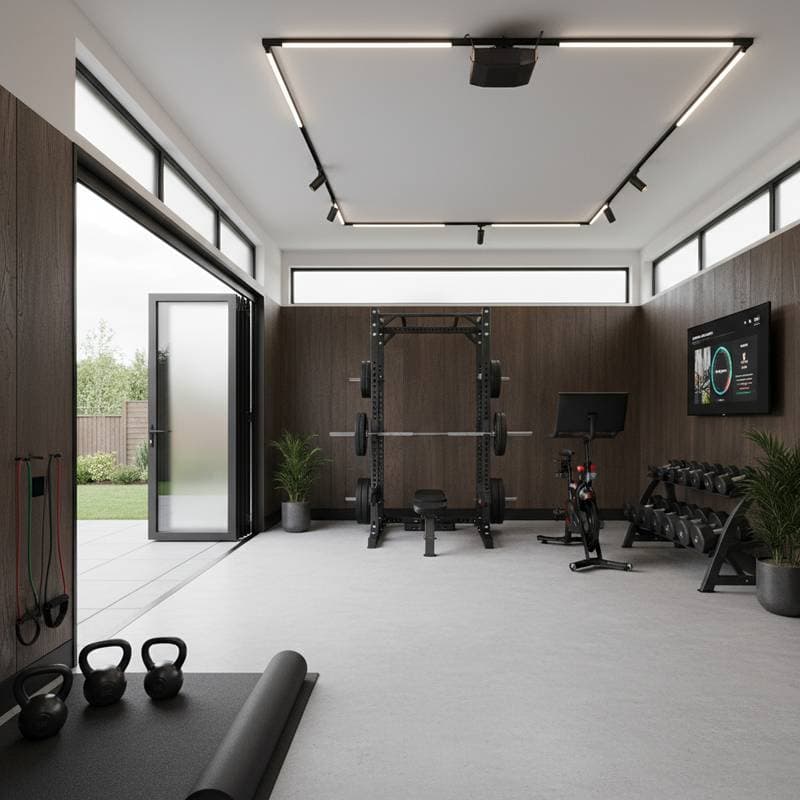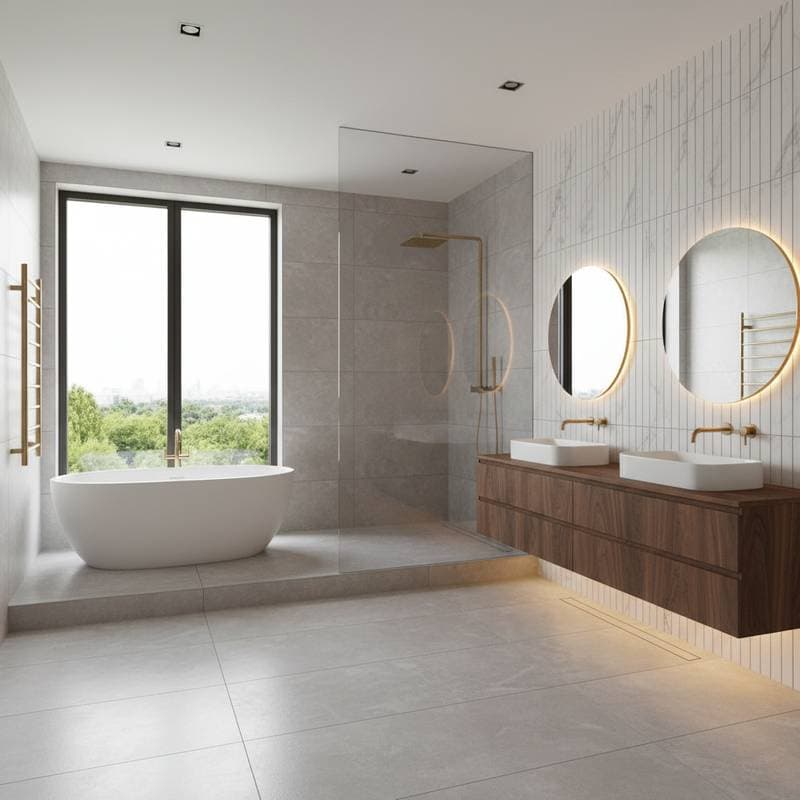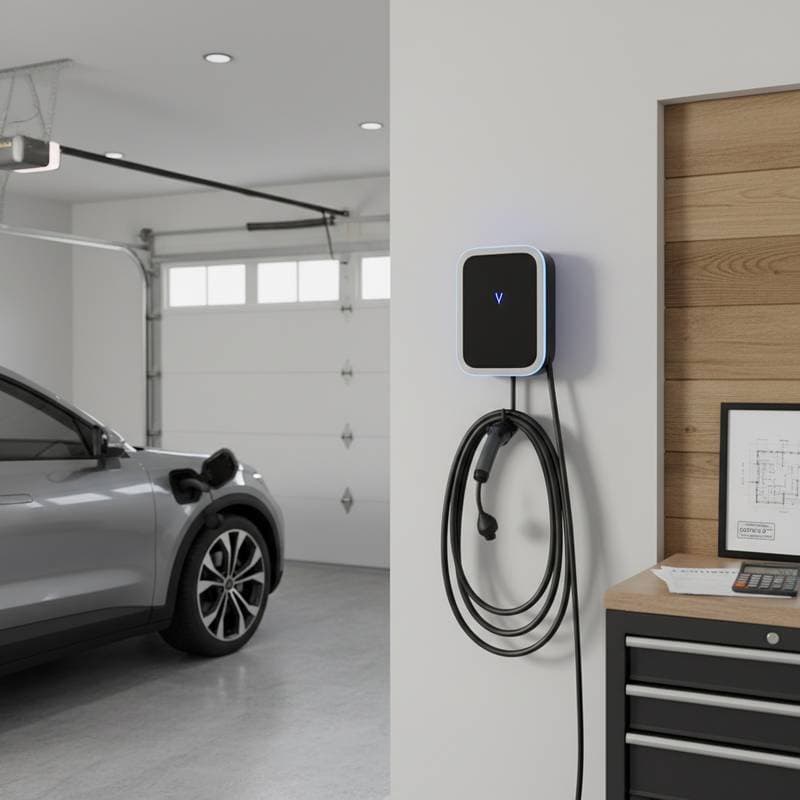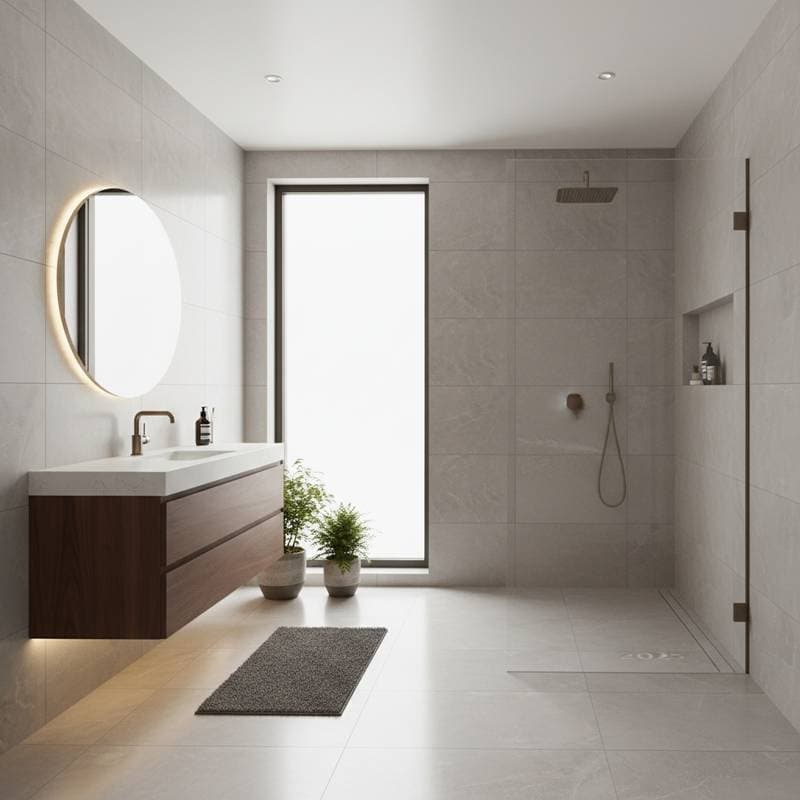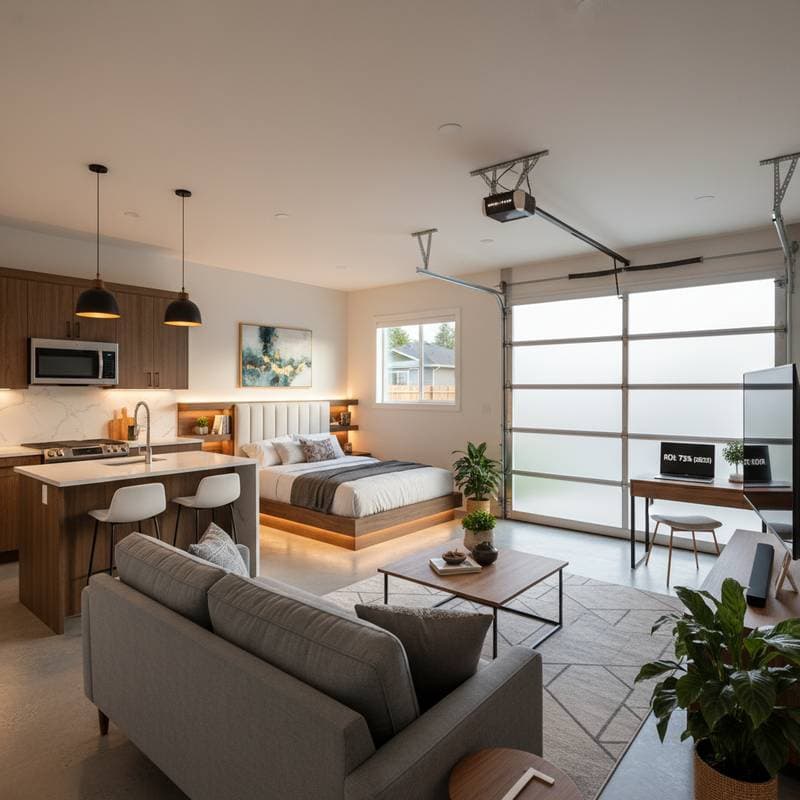Garage Gyms Return 73% of Investment at Resale
The Appeal of Home Fitness Spaces
Homeowners increasingly seek ways to integrate wellness into daily routines. Converting a garage into a dedicated gym addresses this demand effectively. Such transformations not only support personal health goals but also elevate property attractiveness in competitive real estate markets.
The shift toward remote work and hybrid lifestyles has amplified interest in multifunctional home spaces. A garage gym offers convenience without the need for gym memberships or travel. Real estate experts note that properties with built-in fitness areas stand out, often commanding higher offers from health-conscious buyers.
Data from recent market analyses reveals that garage gym conversions yield an impressive 73% return on investment upon resale. This figure surpasses many traditional upgrades, such as kitchen remodels or landscaping projects. The key lies in the blend of practicality and modern appeal that these spaces provide.
Understanding the ROI Calculation
Return on investment measures the financial recovery from home improvements. For garage gyms, this involves comparing initial costs against added property value at sale. Appraisers consider factors like space utilization, quality of materials, and overall integration with the home's design.
Industry reports indicate average conversion costs range from $5,000 to $15,000, depending on scope. Basic setups include rubber flooring, mirrors, and essential equipment, while premium versions add climate control and custom storage. Upon resale, these enhancements can increase home value by $3,650 to $10,950, aligning with the 73% ROI benchmark.
This return stems from buyer preferences. Surveys show 68% of prospective homeowners prioritize wellness features. A well-executed garage gym signals a forward-thinking property, reducing time on market and minimizing price negotiations.
Cost Breakdown for a Garage Gym Conversion
Planning a budget requires attention to essential components. Flooring forms the foundation, with durable, shock-absorbing options like interlocking rubber tiles costing $2 to $4 per square foot. For a standard 200-square-foot garage, expect $400 to $800.
Walls and ceilings benefit from soundproofing and ventilation upgrades. Acoustic panels and exhaust fans prevent noise disturbance and maintain air quality, adding $500 to $1,500. Mirrors expand the visual space and aid form correction, priced at $200 to $600 for full coverage.
Equipment selection varies by user needs. Free weights, resistance machines, and cardio tools total $2,000 to $8,000 for mid-range quality. Storage solutions, such as wall-mounted racks, organize gear efficiently at $300 to $700.
Professional installation ensures safety and compliance. Electrical work for lighting and outlets runs $500 to $1,000, while permits and labor add another $1,000 to $2,000. Totaling these elements keeps projects within reach for most budgets.
Step-by-Step Guide to Conversion
Begin with an assessment of your garage's current state. Measure dimensions, check structural integrity, and evaluate electrical capacity. Consult local building codes to avoid future issues.
-
Clear and prepare the space. Remove clutter and repair any damage to floors or walls. This step creates a clean slate for installation.
-
Install foundational elements. Lay flooring first, followed by wall treatments and mirrors. Ensure even surfaces to support heavy equipment.
-
Add electrical and lighting features. Hire a licensed electrician for outlets and LED fixtures that provide ample illumination without glare.
-
Incorporate equipment and storage. Position items for optimal flow, allowing room for movement. Secure racks to walls for stability.
-
Test and refine. Use the space for a trial period to adjust layouts. Add personal touches like motivational artwork or plants for ambiance.
Timelines typically span 4 to 8 weeks, with minimal disruption to home life. DIY elements reduce costs, but professional input guarantees longevity.
Design Options for Versatility
Flexibility defines successful garage gyms. Modular designs allow reconfiguration as fitness goals evolve. For example, foldable benches and adjustable racks adapt to yoga, weightlifting, or cardio sessions.
Aesthetic choices enhance usability. Neutral colors promote focus, while natural light from windows boosts energy levels. Integrate smart tech, such as app-controlled lighting or virtual training screens, for a contemporary feel.
Consider multi-use potential. During resale, emphasize how the space doubles as a home office or play area. This broadens appeal to families and professionals alike.
Sustainability matters too. Opt for eco-friendly materials like recycled rubber flooring. Such choices resonate with environmentally aware buyers, further supporting value retention.
Resale Advantages in Today's Market
Buyers today value homes that align with active lifestyles. A garage gym positions your property as a wellness haven, differentiating it from standard listings. Real estate agents report faster sales for homes with such features, often at 5% to 10% above asking price.
Appraisal processes favor tangible upgrades. Inspectors assess functionality, safety, and integration. High-quality installations score well, directly contributing to the 73% ROI.
Market trends reinforce this. Post-pandemic, demand for home-based amenities has surged. Properties without them risk appearing outdated, potentially lowering offers.
Maximize Your Home's Potential
Investing in a garage gym delivers dual benefits: enhanced daily living and strong financial returns. This upgrade transforms idle space into a valuable asset. Homeowners who prioritize such improvements enjoy both immediate use and long-term gains.
Explore options tailored to your needs and budget. The result is a home that supports health while appreciating in worth. Start planning today to unlock this opportunity.

